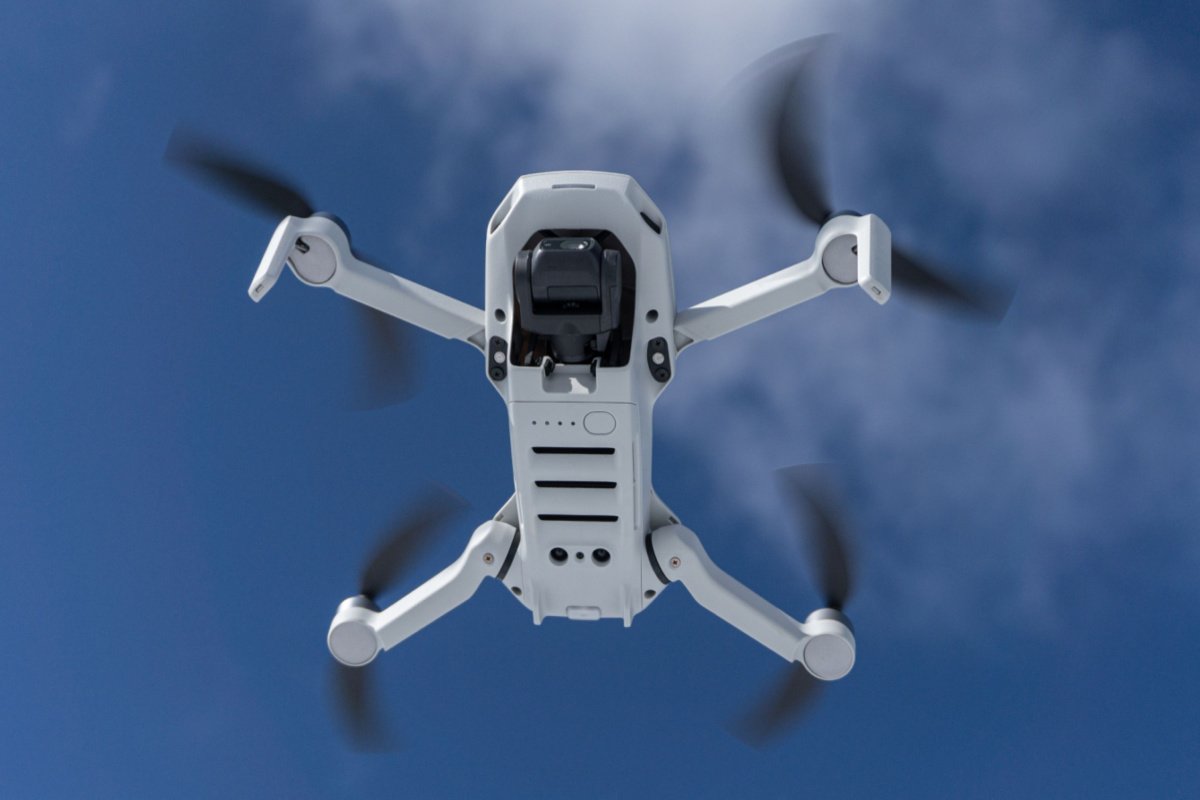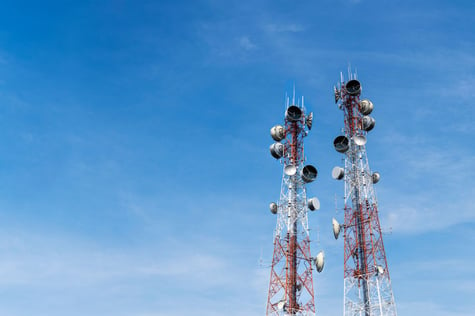5G represents the next evolution of cellular technology and is spreading across the globe at an increasing rate. Its fast speeds, impressive bandwidth and low latency is helping improve the functionality and capability of devices across a wide range of industries. But even though 5G brings with it some impressive possibilities, it still has some limitations when it comes to antenna integration and connectivity.
Understanding the variables and different product types involved in 5G antenna integration is paramount to being able to use this growing cellular network at its full potential. So, what are these characteristics and how can you make sure to choose the right antenna?
What are the main variables behind 5G antenna integration?
The variables of size, performance and efficiency must be considered when choosing and integrating a specific 5G antenna into your device. The importance of these factors vary between specific devices, so understanding why they are important is paramount to choosing and integrating the right antenna.
Size & antenna placement
Antenna size is an important variable when it comes to integration with 5G devices. Both consumer and niche 5G devices often have limitations of size whether it be because of overall design or the number of components on the PCB. It is down to device designers to balance antenna integration in relation to the space that is available.
In order for an antenna to perform efficiently they must have a ground plane that is at least a quarter wavelength of their lowest frequency signal. Most 5G networks use lower frequency bands compared to their cellular predecessors of 3G and 4G/LTE, which in turn results in wider wavelengths and larger ground planes. There are antennas that have an inbuilt ground plane to bypass the challenge of limited PCB space as well as smaller designs.
Efficiency
Prolonging battery life and reducing battery consumption is often a pivotal factor in wireless component integration and remains true for 5G antennas. A wireless device that has poor efficiency is oftentimes useless in a wide range of applications.
Antenna efficiency is measured from radiated power vs input power as a percentage. Total radiated power (TRP) is what can be negatively affected by ground plane size. This means that at lower frequencies efficiency can become more of an issue and is important to consider in certain applications.
Performance
With 5G connectivity, performance usually refers to connection speed, bandwidth and latency time. Devices will usually have different demands; a 4K drone demands bandwidth to stream high quality video in real time, whereas an industry such as gaming requires fast and reliable speeds. Understanding the specific demands of your device and application is important for antenna integration.
What are the main types of 5G antennas?
After assessing the main variables of 5G antenna integration the next stage is to understand the different types of antennas that suit each variable. For 5G, the main types of antennas are SMD, flexible PCB and terminal.
SMD
SMD or surface mounted antennas are placed directly onto a device’s host PCB. These antennas require the available space to be a quarter wavelength of the lowest frequency the device receives. They are often small in size and can be easily placed onto a host PCB making them suitable for pick & place manufacturing. SMD antennas combine good performance, small size and inexpensive production to be a suitable choice for a wide range of devices.
Flexible PCB/FPC
Flexible PCB/FPC antennas are thin, flexible and contain their own ground plane. They usually have an adhesive strip on the back, allowing them to be placed on the inside of a device housing and connected directly to the host PCB using a cable. The fact that flexible PCB antennas can be bent and have their own ground plane makes them extremely effective for devices that want 5G connectivity but cannot afford any PCB space.
Choosing the right 5G antenna for your device
Integrating 5G connectivity into your device relies upon having a clear understanding of the specific demands of the application to then choose the right antenna to suit those needs. Antenova offers a range of different 5G antennas that each suit different devices and applications as well as additional resources to help streamline the integration process.
To read more about 5G antenna integration as well as the range of 5G antennas Antenova offers view our other resources here.




